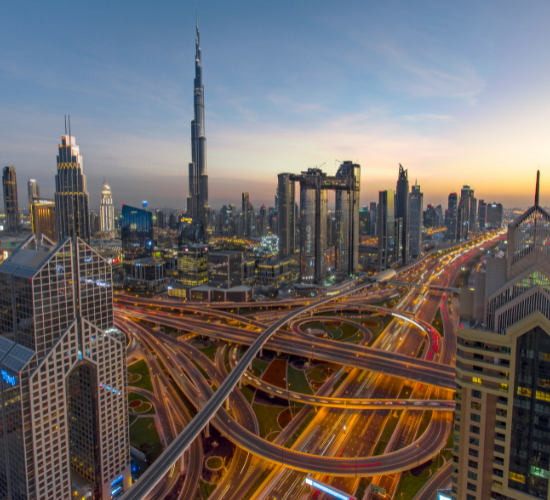Infrastructure, often dubbed the backbone of civilization, stands as a testament to human ingenuity and progress. Whether it’s the roads we drive on or the digital networks we rely upon, each facet of our daily life intertwines with some form of infrastructure. Central to this vast web of interconnected systems is ‘infrastructure design‘, an art and science that molds our urban landscapes, enhances accessibility, and continually elevates our quality of life.
Historical Overview of Infrastructure
From the aqueducts of ancient Rome to the vast rail networks of the 19th century, infrastructure has always mirrored the zeitgeist of its era. Each innovation, be it the invention of concrete or the development of modern highways, has showcased the evolution of infrastructure design, adapting to societies’ needs and technological prowess.
Key Components of Infrastructure Design
- Transportation: Modern metropolises are defined by their transportation networks. The design of roads, bridges, and rail systems greatly impacts traffic flow, safety, and accessibility.
- Utilities: Infrastructure design ensures a seamless supply of clean water, efficient waste management, and robust electrical grids, underscoring urban sustainability.
- Telecommunications: In an age of digital connectivity, network infrastructure and data centers become critical, facilitating global communication.
- Public Amenities: Beyond functionality, infrastructure design lends aesthetic appeal, seen in well-designed parks, public buildings, and recreational spaces.
The Intersection of Technology and Infrastructure Design
The digital era ushered in AI, big data, and IoT, revolutionizing infrastructure design. Smart cities integrate tech solutions for traffic management, waste reduction, and energy optimization. Moreover, sustainable designs are now more feasible, with innovations like green roofs, vertical gardens, and integrated renewable energy sources.
Socio-economic Implications of Thoughtful Infrastructure Design
Infrastructure isn’t just about brick and mortar; it’s about potential. Efficient design stimulates economic growth, fosters job creation, and opens avenues for businesses. Moreover, well-planned infrastructure bolsters societal well-being, fosters a sense of community, and ensures equal accessibility for all.
Challenges in Modern Infrastructure Design
The rapidly changing global landscape presents challenges. Climate change demands infrastructure that can withstand extreme conditions. Rapid urbanization calls for designs that balance population density with green spaces. Budgetary constraints and evolving societal needs add layers of complexity to modern infrastructure design.
Case Studies: Innovative Infrastructure Design Projects Worldwide
Copenhagen, Denmark: A paragon of urban cycling infrastructure, Copenhagen’s design promotes cycling, reducing traffic congestion and emissions.
Masdar City, UAE: Envisioned as a sustainable city, its infrastructure design incorporates renewable energy, efficient water management, and tech-driven solutions for optimal living.
The Future of Infrastructure Design
As we peer into the future, adaptability stands out as a cornerstone of infrastructure design. Embracing resilience against natural calamities, ensuring sustainability, and harnessing technological advancements will define the next era of infrastructure evolution.
Conclusion
Infrastructure design is more than a discipline; it’s a vision of our collective aspirations. As we traverse the 21st century, the symbiosis of design, technology, and human needs will continue to shape the horizons of possibility, forging a world that’s not just livable, but also lovable.









































